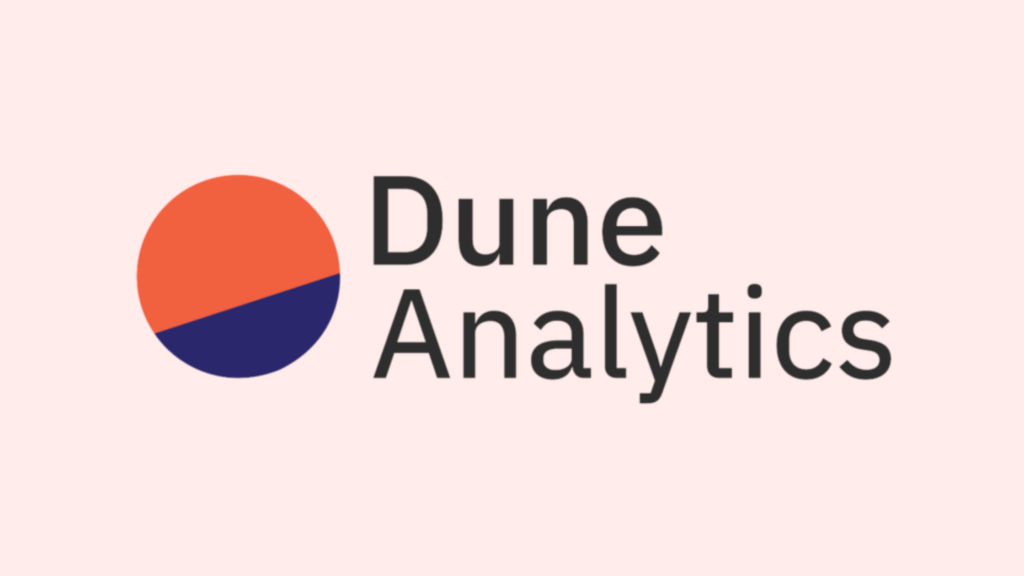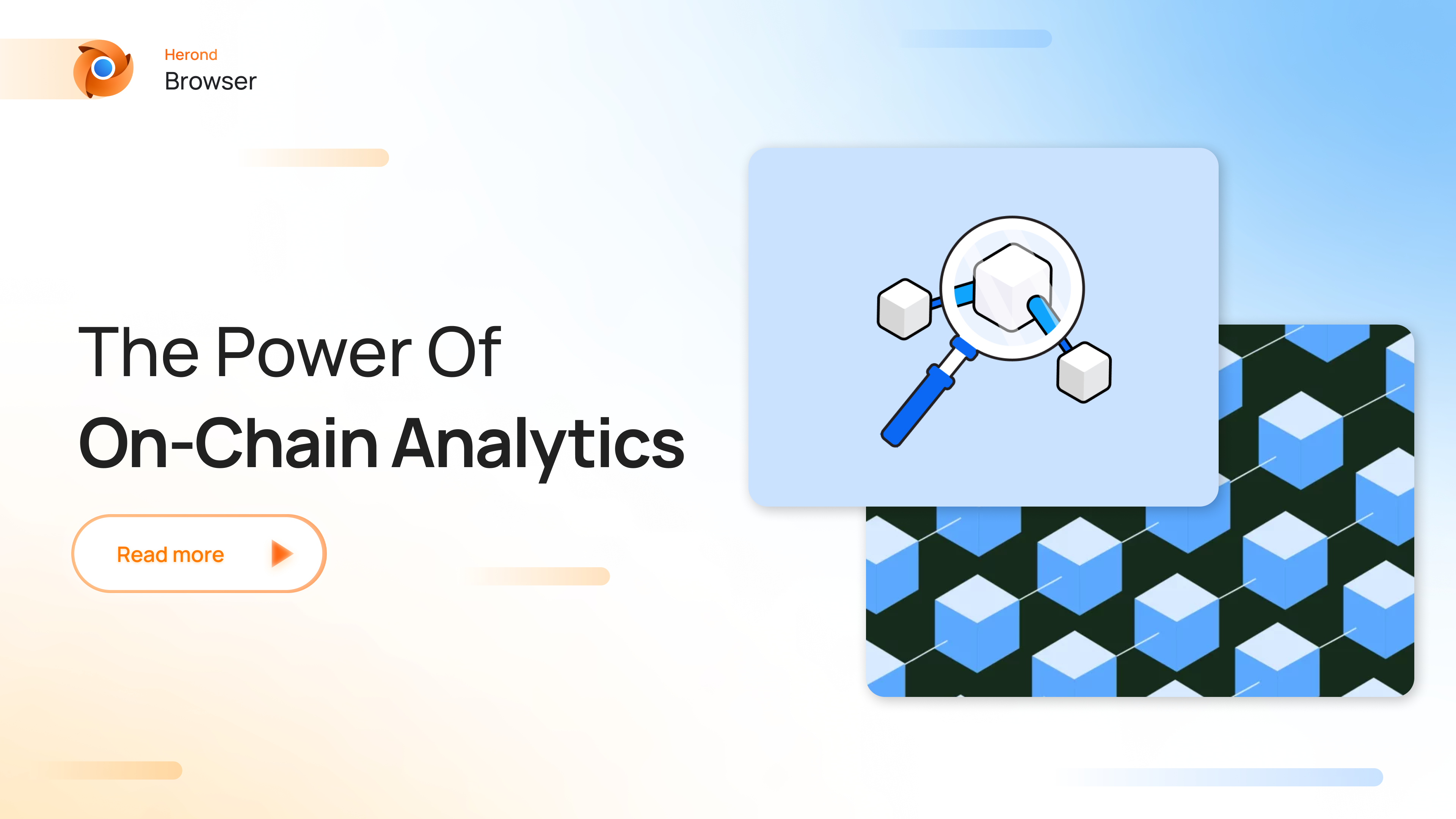Diving into the world of Blockchain Technology, you must have heard of the term “On-chain Analytics” once. Overall, it plays a vital role in ensuring the transparency, security, and efficiency of blockchain networks, as well as providing valuable insights for market participants, regulators, and developers in the cryptocurrency ecosystem.
Now, we will lead you to a closer look into the On-chain Analysis in terms of its definition, use cases and tools or platforms. Are you ready? Let’s explore!
Overview of Crypto Analysis
Crypto analysis refers to the process of encompassing a wide range of methods and techniques aimed at understanding the market dynamics, evaluating the potential of individual cryptocurrencies, and assessing the health and performance of blockchain networks. It plays a greatly important role in the decision-making process for traders, investors, researchers, analysts, and other stakeholders in the cryptocurrency space.

In the current market, fundamental crypto analysis involves using available information about a coin to determine its intrinsic value or and long-term viability of a cryptocurrency. On the contrary, there is one special approach of crypto analysis, so called on-chain analysis. This kind of approach revolves around analyzing blockchain data to understand network activity, transaction patterns, and address behavior, providing insights into short to mid-term market dynamics and trends.
Below, we will explore more clearly about on-chain analysis to understand its mechanism and applications.
On-Chain Analysis: An Introduction

On-chain analysis is the process of examining data directly from a blockchain to gain insights into various aspects of cryptocurrency transactions and blockchain networks. This analysis involves studying transaction data, network metrics, address behavior, and other on-chain information to understand the behavior and dynamics of the blockchain ecosystem.
Using On-Chain Analysis to Evaluate the Robustness of a Network
Using on-chain analysis to measure the strength of a network involves assessing various metrics and indicators derived from blockchain data. These metrics can provide insights into the network’s health, security, adoption, and overall strength.
Here’s how you can use on-chain analysis to measure the strength of a network:
Network Activity Metrics
- Transaction Volume: A high transaction volume indicates active use and adoption of the network.
- Active Addresses: A growing number of active addresses suggests increasing network participation.
Security Metrics
- Hash Rate (for Proof-of-Work Networks): A higher hash rate indicates greater security against potential attacks.
- Staking Participation (for Proof-of-Stake Networks): Assess the percentage of network tokens being staked by participants. Higher staking participation enhances network security and decentralization.
Economic Metrics
- Total Value Locked (TVL): Calculate the total value of assets locked in smart contracts or decentralized finance (DeFi) protocols on the network. In other words, TVL reflects the network’s economic activity and utility.
- Average Transaction Fees: Lower transaction fees indicate scalability and cost-effectiveness.
Governance Metrics
- Proposal and Voting Activity: Monitor the frequency and outcomes of governance proposals and votes on the network. Active governance participation signifies a healthy decentralized decision-making process.
- Decentralization Metrics: Assess the distribution of network resources (e.g., node distribution, token distribution) to gauge the network’s level of decentralization.
Adoption and Usage Metrics
- DApp Usage: Higher DApp usage implies a thriving ecosystem and increased utility.
- Developer Activity: Track the number of developers contributing to network development, the frequency of code commits, and the growth of developer communities.
Network Health Metrics
- Confirmation Time: Shorter confirmation times indicate network efficiency and scalability.
- Block Size and Throughput: Assess the size of blocks and the network’s transaction throughput to evaluate its capacity for handling transactions.
Using On-Chain Analysis to Identify Market Trends
Utilizing on-chain analysis for identifying market trends involves examining blockchain data to discern patterns and behaviors that indicate shifts or movements in the cryptocurrency market, especially in terms of selling and buying patterns.
Here are important metrics that you can take into consideration:
Transaction Volume
Increasing transaction volume, especially in conjunction with rising prices, may indicate a buying trend as more participants enter the market. Therefore, in other words, a rise in transaction volume on the blockchain may indicate growing interest or adoption of a particular cryptocurrency. By tracking transaction volume over time, analysts can identify trends in market activity.
Active Addresses
An increase in the number of active addresses sending transactions to exchanges or interacting with DeFi protocols may indicate increased buying activity or growing network usage and user participation. Monitoring address activity provides insights into changes in user behavior and market sentiment.
Token Flow
Large transactions moving from exchanges to personal wallets or significant inflows of stablecoins into exchanges may suggest accumulation or buying activity. Conversely, Large transactions moving from personal wallets to exchanges or significant outflows of stablecoins from exchanges may indicate selling pressure or distribution. Therefore, patterns such as funds moving to or from exchanges may indicate buying or selling pressure.
Whale Behavior
Analyzing the behavior of large holders or “whales” on the blockchain can provide insights into buying and selling trends. For example, accumulation of large amounts of cryptocurrency by whale addresses or an increase in whale activity on-chain may signal a buying trend. As a result, it can be said that whales accumulating tokens may indicate bullish sentiment, while whale distribution may suggest bearish sentiment.
Tools and Platforms for On-Chain Analysis
There are several tools and platforms available for conducting on-chain analysis, each offering unique features and functionalities to analyze blockchain data.
Overview of Tools and Platforms for On-Chain Analysis
Here are some popular tools and platforms for on-chain analysis:
- Blockchain Explorers: Blockchain.com, Blockchair, Etherscan (for Ethereum), etc.
- Crypto Analytics Platforms: CoinMetrics, Glassnode, CryptoQuant, etc.
- On-Chain Metrics Providers: CoinGecko, CoinMarketCap, CoinDesk, etc.
- Blockchain Analysis Tools: Chainalysis, CipherTrace, Elliptic, etc.
For clearer understanding, we will introduce to you in detail two reliable tools and platforms for on-chain analysis.
Glassnode

Glassnode is a leading on-chain analytics platform providing insights for blockchain networks, with a primary focus on Bitcoin and Ethereum. It can offer a wide range of beneficial features to help users understand on-chain data and market trends. For instance, on-chain metrics, market indicators, interactive charts and visualizations, API access, etc. Therefore, its comprehensive set of metrics, advanced tools, and insightful analysis make it a valuable resource for understanding blockchain networks and cryptocurrency markets. However, there are some features requiring a subscription to use the full perks offered.
Dune Analytics

Dune Analytics is a popular on-chain data analysis platform that specializes in Ethereum-based blockchain networks. Some of its outstanding features include intuitive querying interface, a library of pre-built dashboards, etc. Moreover, its user-friendly interface, customizable dashboards, and collaborative features make it a popular choice among traders, investors, researchers, and developers in the Ethereum ecosystem.
Limitations of On-Chain Analysis
While on-chain analysis provides valuable insights, it also has several limitations that should be considered. One of the biggest limitations of on-chain analysis is its inability to capture off-chain activities comprehensively. While on-chain analysis provides valuable insights into blockchain transactions and network activity, it does not account for transactions and interactions that occur outside the blockchain. Consequently, it can lead to incomplete or skewed interpretations of market dynamics and trends.
Conclusion
To sum up, on-chain analysis provides valuable insights into blockchain networks and plays a crucial role in understanding user behavior, network dynamics, and market trends within the cryptocurrency ecosystem. Moreover, it enables stakeholders such as traders, investors, developers, regulators, and researchers to make informed decisions and navigate the complexities of the blockchain landscape effectively.
About Herond Browser
Herond Browser is a Web browser that prioritizes users’ privacy by blocking ads and cookie trackers, while offering fast browsing speed and low bandwidth consumption. Herond Browser features two built-in key products:
- Herond Shield: an adblock and privacy protection tool;
- Herond Wallet: a multi-chain, non-custodial social wallet.
Herond aims at becoming the ultimate Web 2.5 solution that sets the ground to further accelerate the growth of Web 3.0, heading towards the future of mass adoption.
Join our Community!







